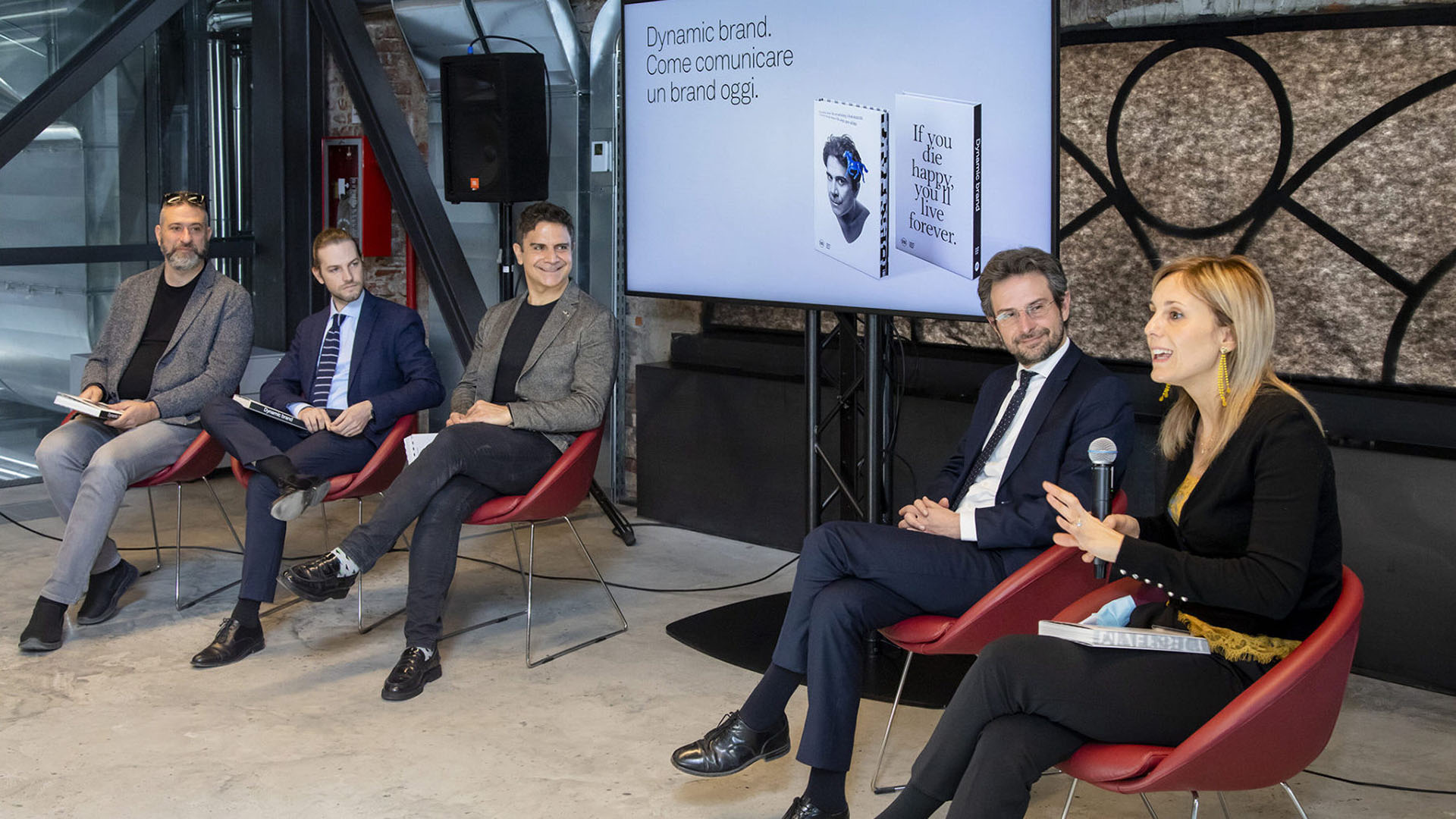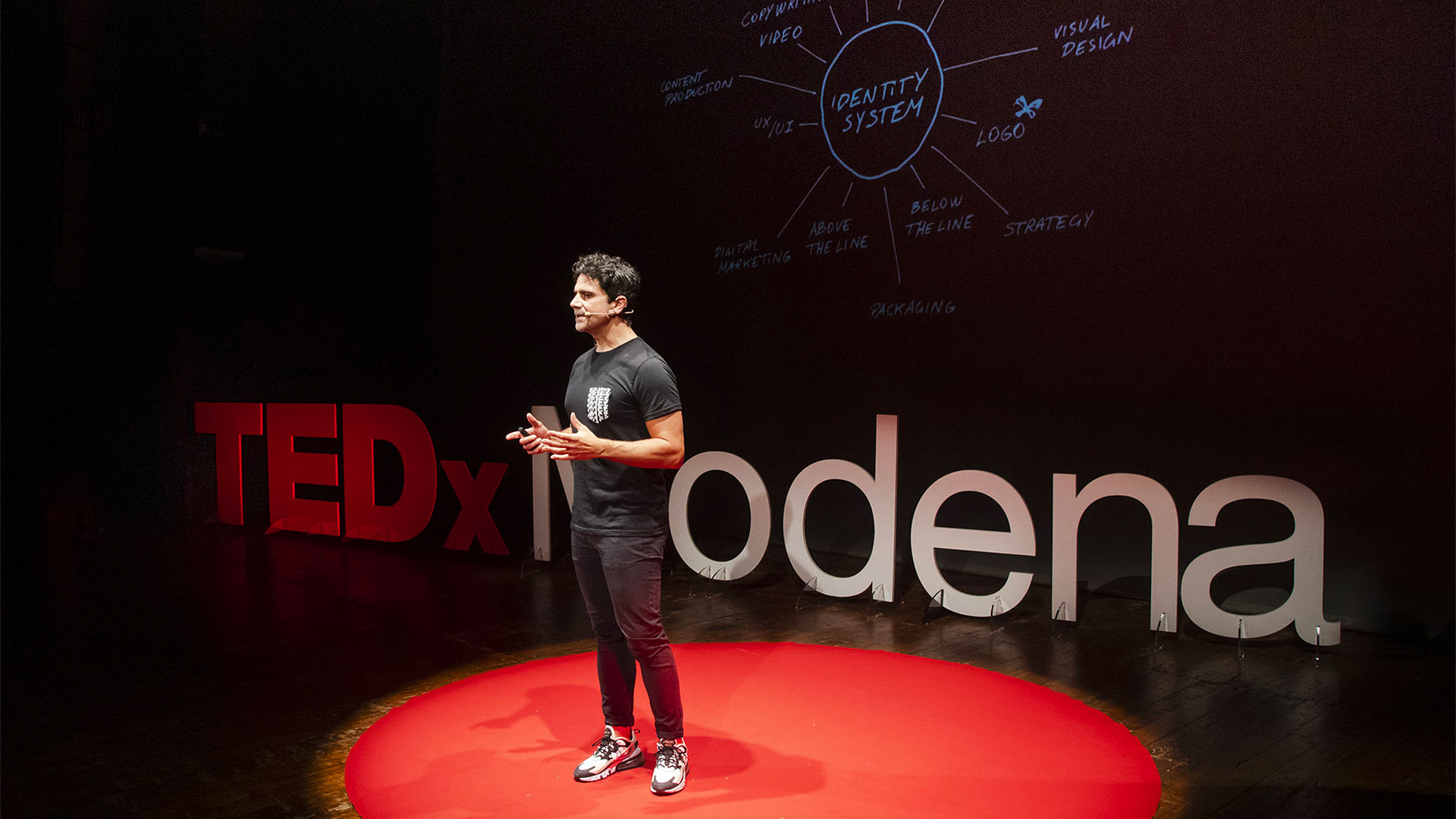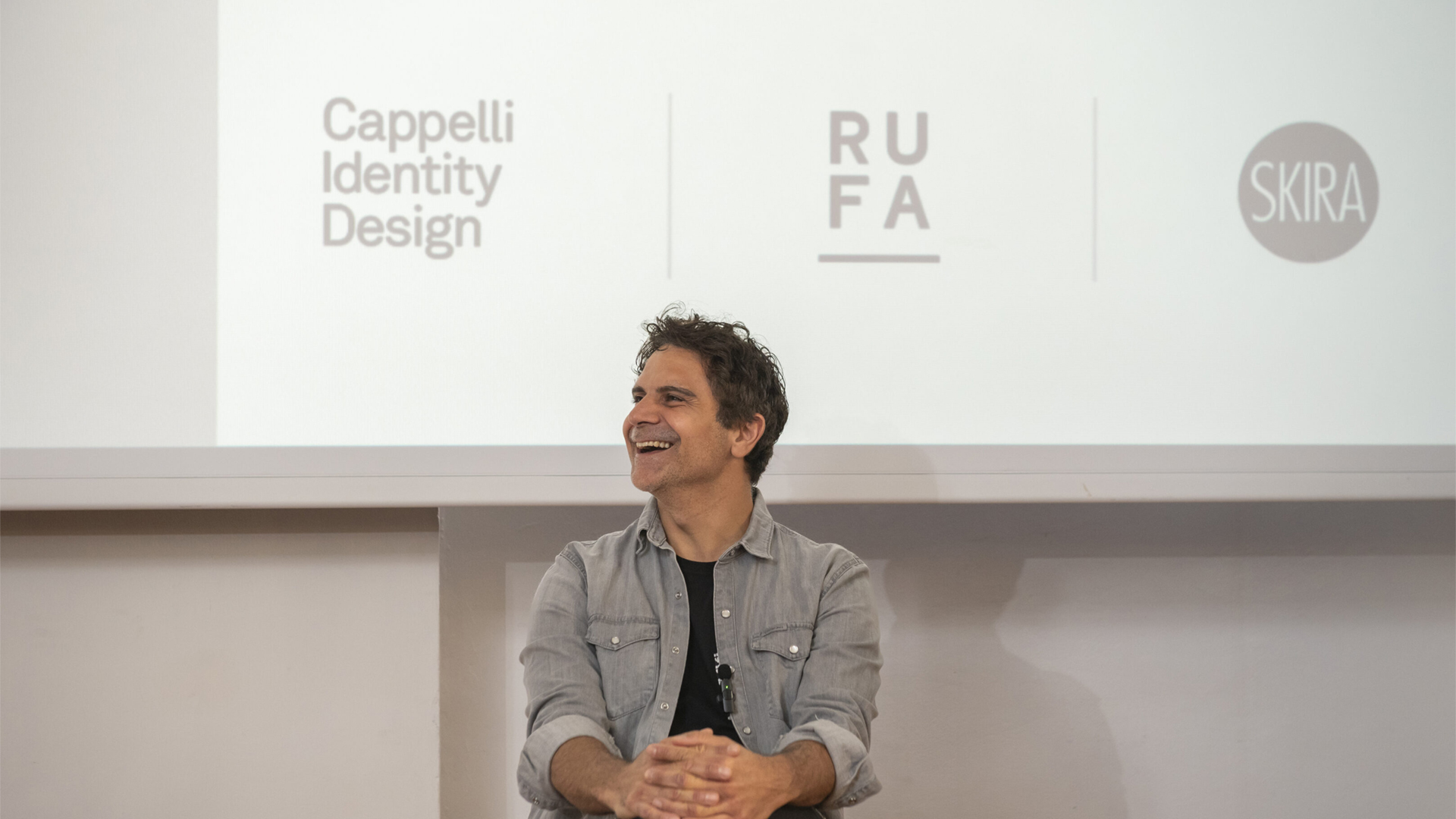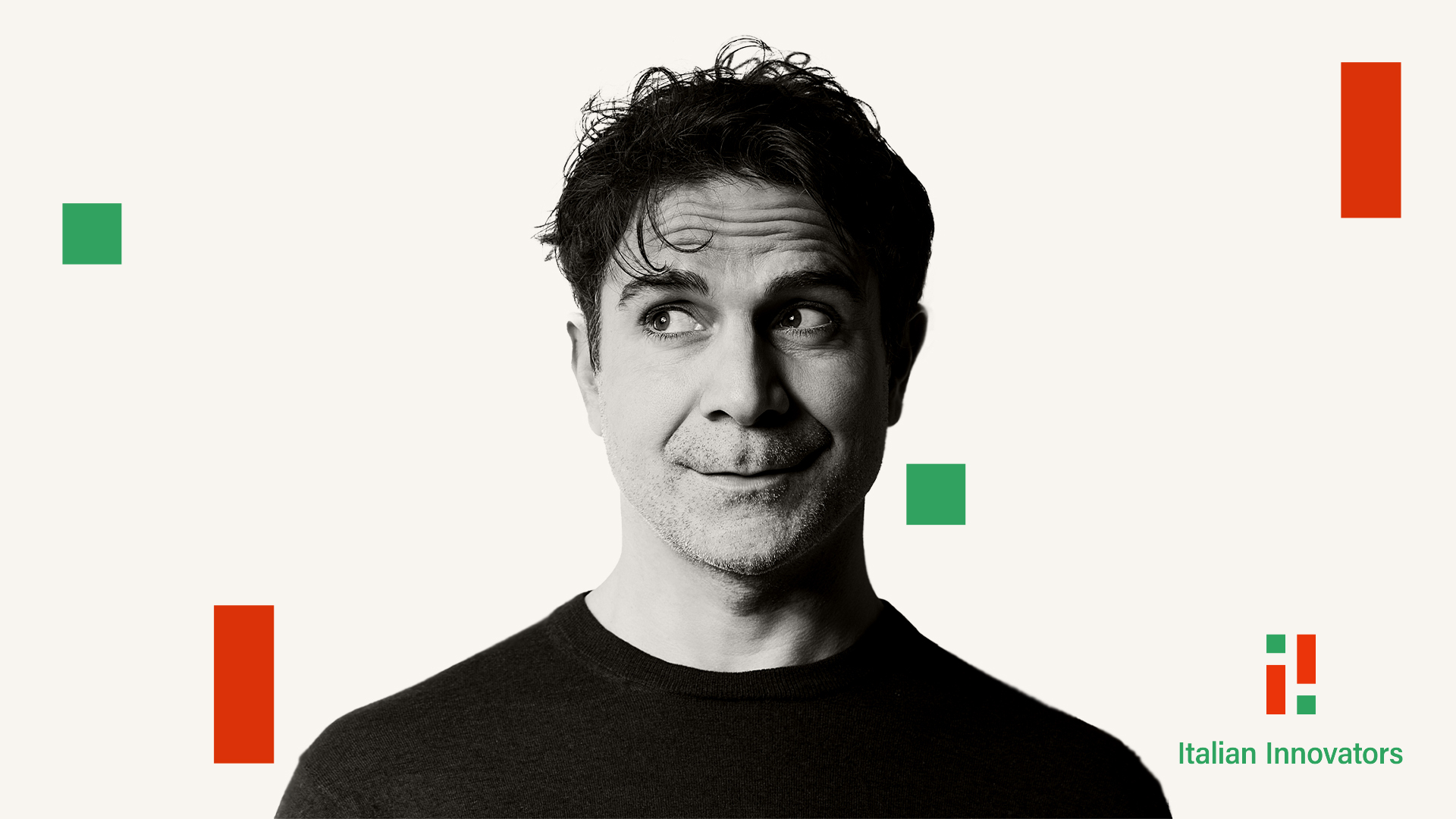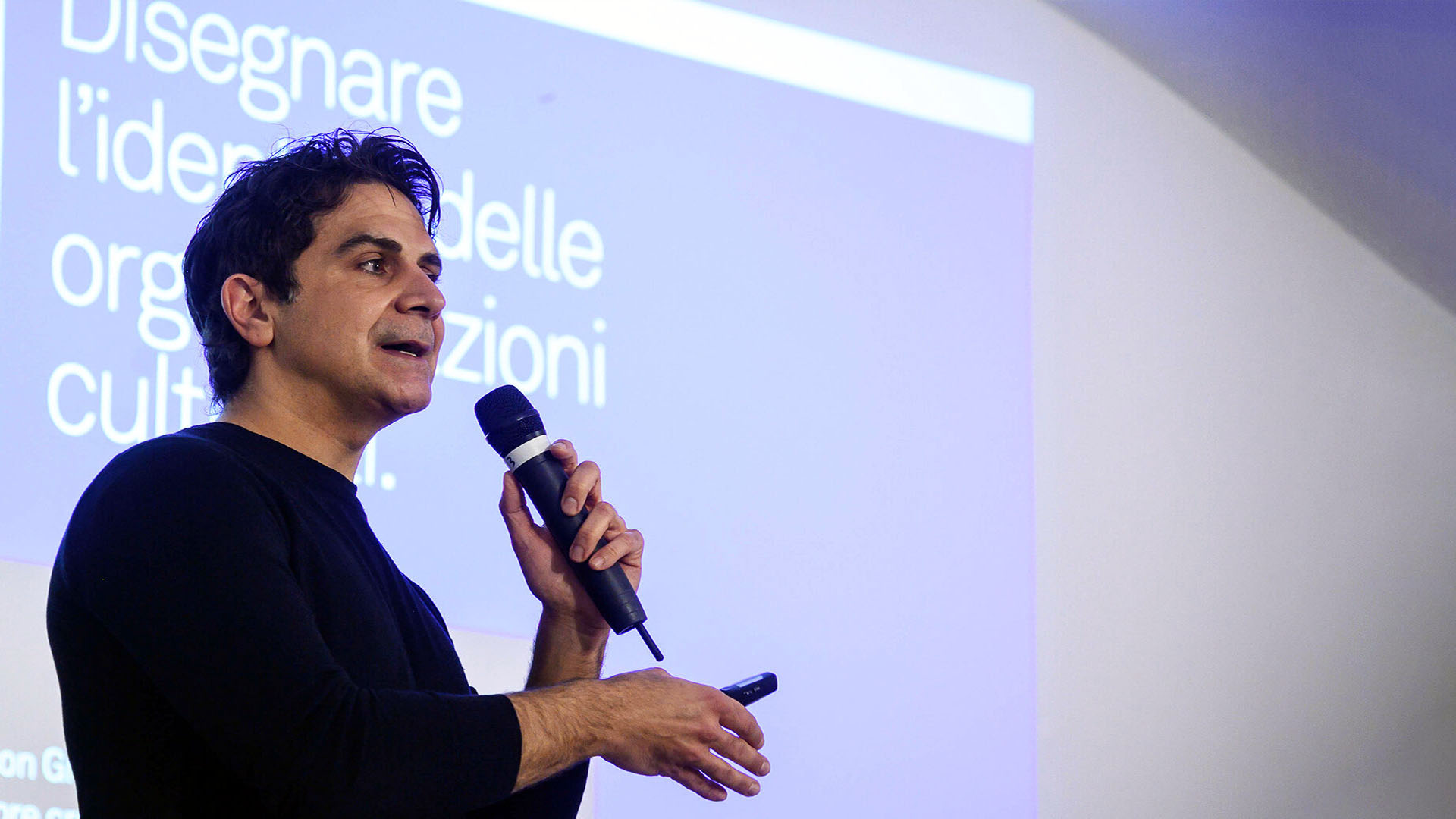People change as relationships change. Similarly, the relationship between people, consumers, and brands evolves. This intrinsic and straightforward idea stands at the core of the Dynamic brand methodology, the key to our communication projects.
It all started with an analysis of the social situation from the advent of social networks and the desire to develop a method combining years of study, experimentation, and research.
The work that a brand must do is not exactly fantasy yet it must have a certain mystique built on an aesthetic foundation. This book is foundational, it is the brand bible of Cappelli Identity Design and Cappelli’s mantra Dynamic Brand establishes a mindset that is a powerful combination of reality and perception.
Co-Chair of MFA Designer as Author Department, New Programs Special Consultant to the President of the School of Visual Arts, Visual Columnist for New York Times Book Review.
Design is the tangible embodiment of social and cultural values.
It is the alchemical laboratory where connections are made.
Introduzione di Betti Marenko
Reader in Design and Techno-Digital Futures Central Saint Martins, University of the Arts London.
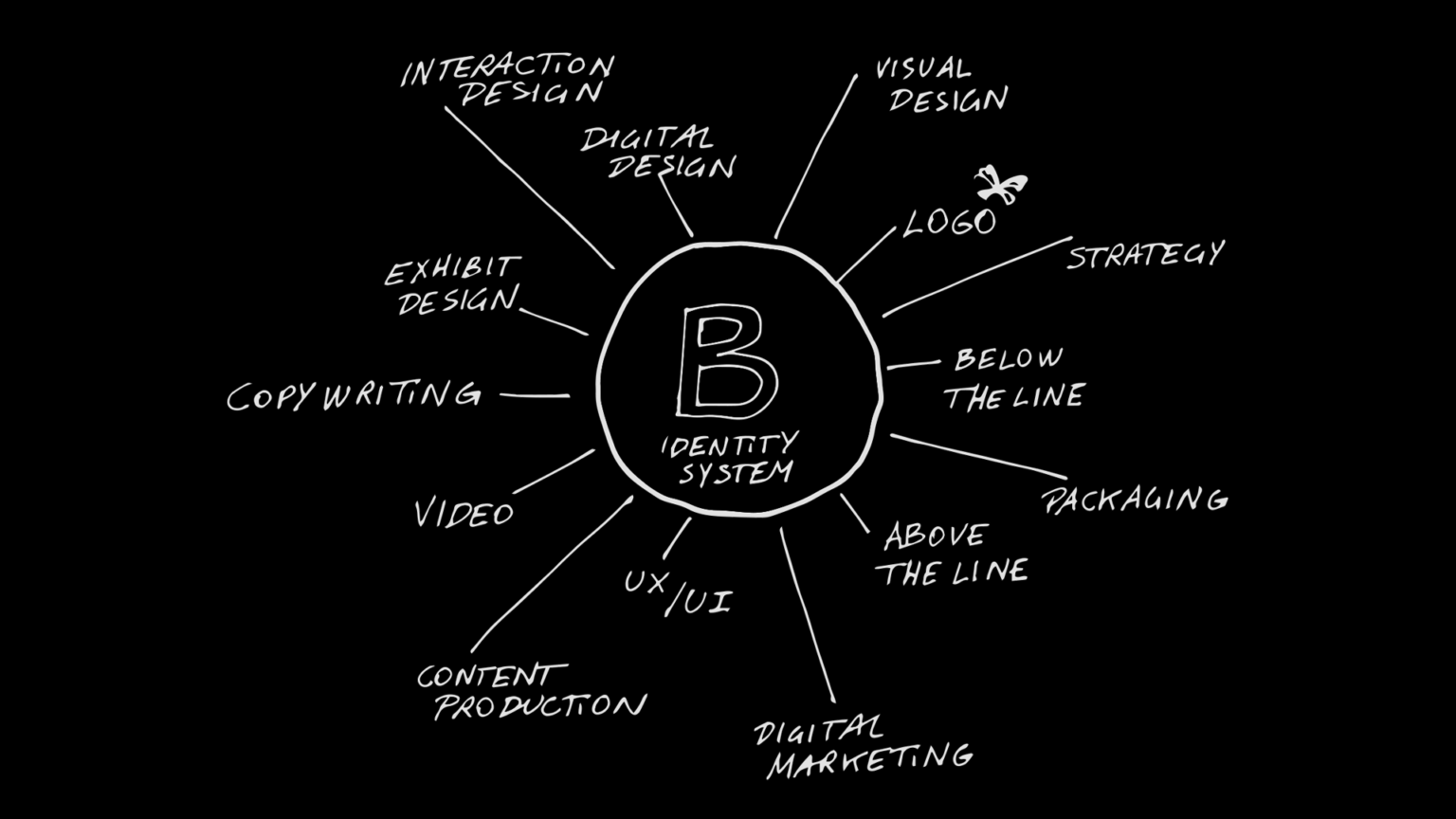
The Dynamic brand is an evolution of the concept of Brand Identity developed through all strategic communication languages, either old or new ones. Talking about identity necessarily means talking about life, growth, and people. The Dynamic brand methodology, in fact, arises from the analysis of the current market combined with the study on one’s personal experience, point of view, and values: in other words, the most relevant aspect of strategic design (and life).
That is why we decided to write the book Dynamic brand – The new methodology of brand communication (published by Skira and distributed worldwide by Art Book and Thames & Hudson) to share our experience and the method that accompanies our work in the studio.
Let’s begin with the concept of identity: what is identity?
Identity exists when there is diversity. Nobody can exist without the other: there is no shadow without the sun and vice versa. Between black and white, there’s a window through which we can see all the nuances of the world.
Dynamic brand as an evolution of identity: from a static to a dynamic concept.
Through the spread of the internet and social networks (Facebook, 2004), the brand jumped from a billboard to our television and finally reached our most personal device: smartphones, our magical boxes, a device we have access to 24/7. This new connection with the world offers new ways to communicate: the vertical scheme is replaced by truly integrated communication. In this new dynamic, the logo comes to life and becomes a breathing symbol that interacts with people.
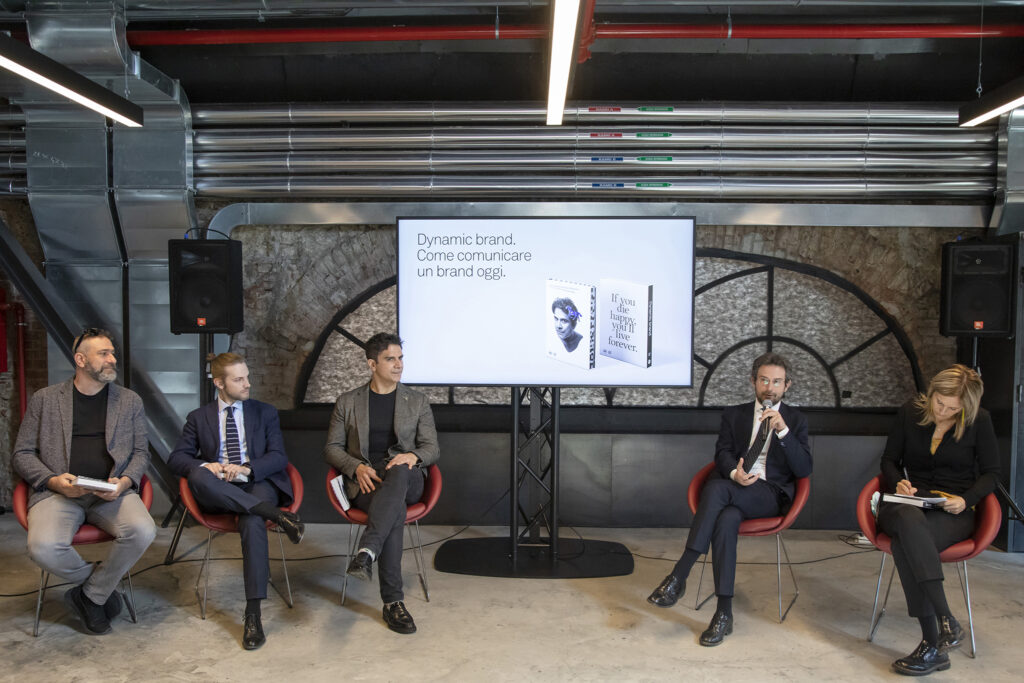
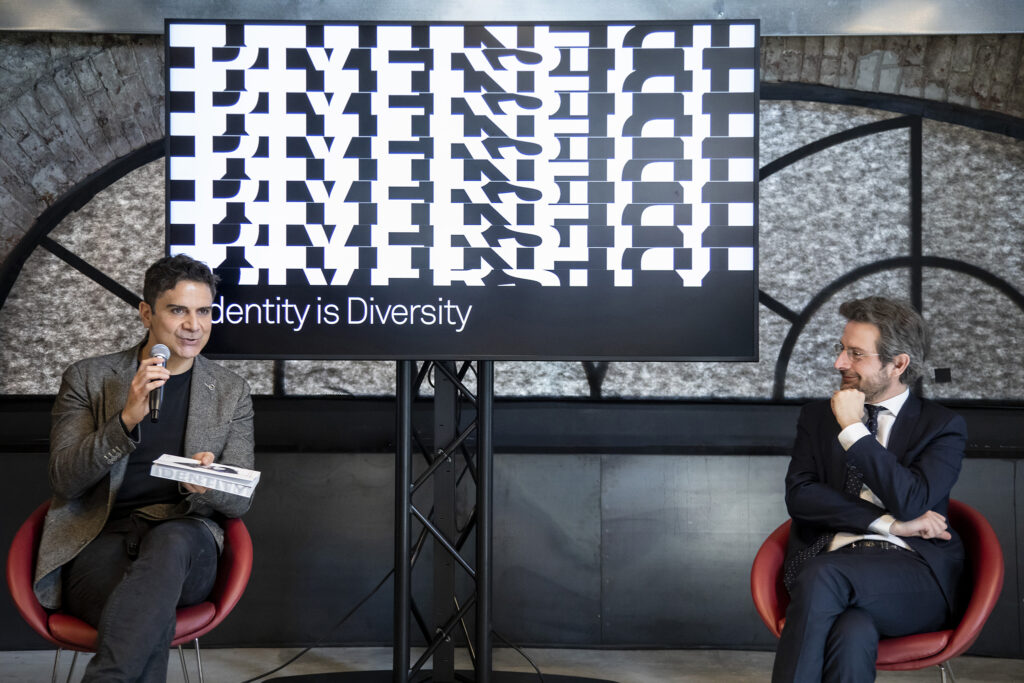
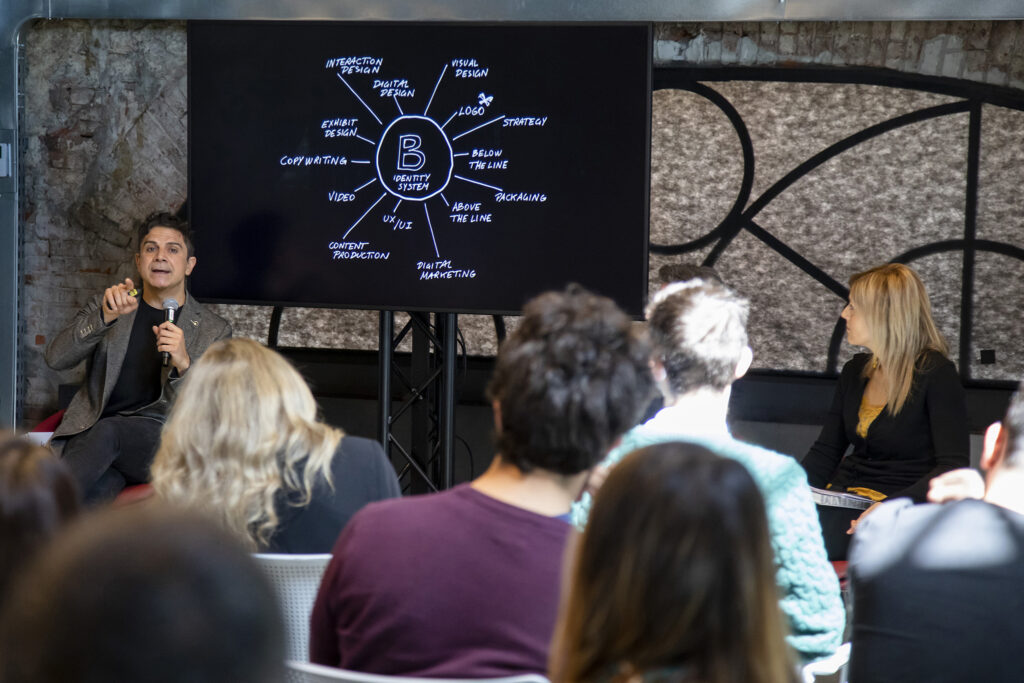
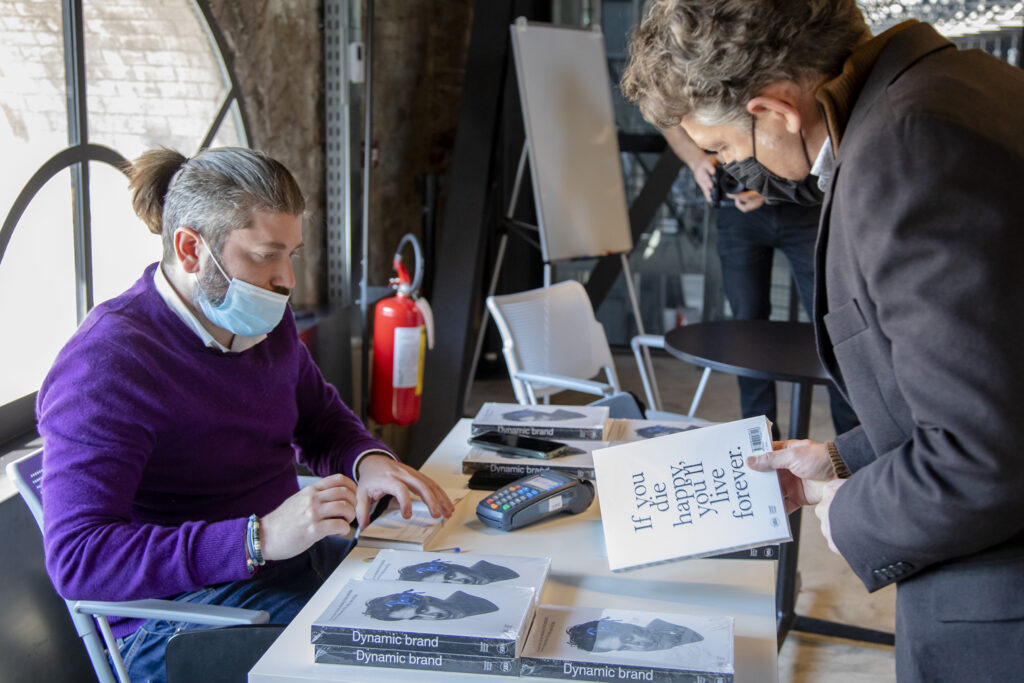
Here are some quotes by the participants of the presentation of the book on 24 March 2022 at the Cappelli Identity Design Turin office in OGR Tech, OGR Turin.
The volume describes how we initially conceived the method and provides an insightful collection of the study and research materials collected to draft this book, of which we are incredibly proud.
Emanuele Cappelli, Book Author and Founder of Cappelli Identity Design
The word passion is something that makes the history of a company and therefore also that of the brand. The other is certainly “resilience”, or “resistance”, to always go further, but the other great word, which is the key, is “transformation”, a central word in these times. So much so that in Talent Garden we have built a company on transformation, for us the Dynamic brand is everything, our company lives on this transformation, on this making spaces come alive, in all the activities we make the sense of experience, the sense of building together, of giving everyone a shared point of view that changes over time.
Barbara Graffino, CEO, Talent Garden Fondazione Agnelli
This is the first in-person event we have done and we are pleased to have presented the publication of the partners and friends of Cappelli Identity Design here at OGR. I found many common elements, in particular the stubbornness and the will to carry out a new initiative, characteristics that I find every day in the start-ups working at OGR. What has been the destiny and success of Cappelli Identity Design can only be a confirmation of the approach that characterised Emanuele Cappelli’s first steps and that then took shape in what we have seen today all together.
Matteo Pessione, OGR Tech Coordinator, Planning and Control, OGR Torino
Dynamic brand is a book of content, to be read, to be enjoyed slowly, which once again shows us that the book as a means does not necessarily have to be surpassed by the digital and that it is itself part of a design process. In this book identity and diversity are central. In my opinion, there is identity in diversity if there is awareness; without this, diversity is frightening and we are at each other’s throats, and without awareness our identity constantly falters. With our humble work through books and exhibitions, we try to build an openness to give a voice to those who create culture.
Pietro Della Lucia, Director of the Catalogs and Special Projects Department, Skira
Design is an aspect that unites people and today we have had the opportunity to deepen this theme. Thanks to OGR Torino, OGR Tech and Talent Garden who hosted us, we had the opportunity to share points of view and contaminate each other on a cultural, technical and design level to create new way to design together in the future.
Fabio Zanino, Head of Communications and External Relations, Cappelli Identity Design
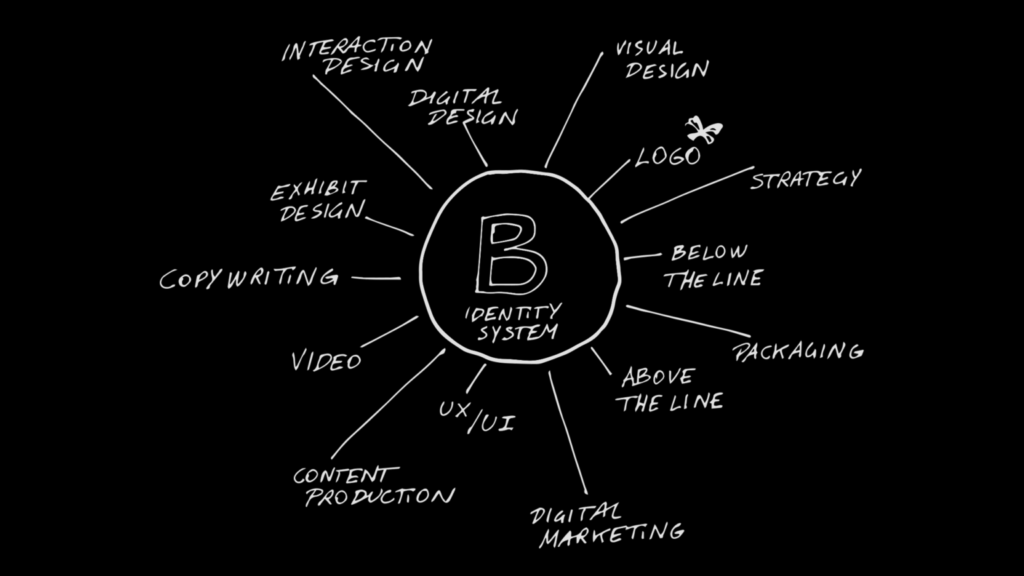
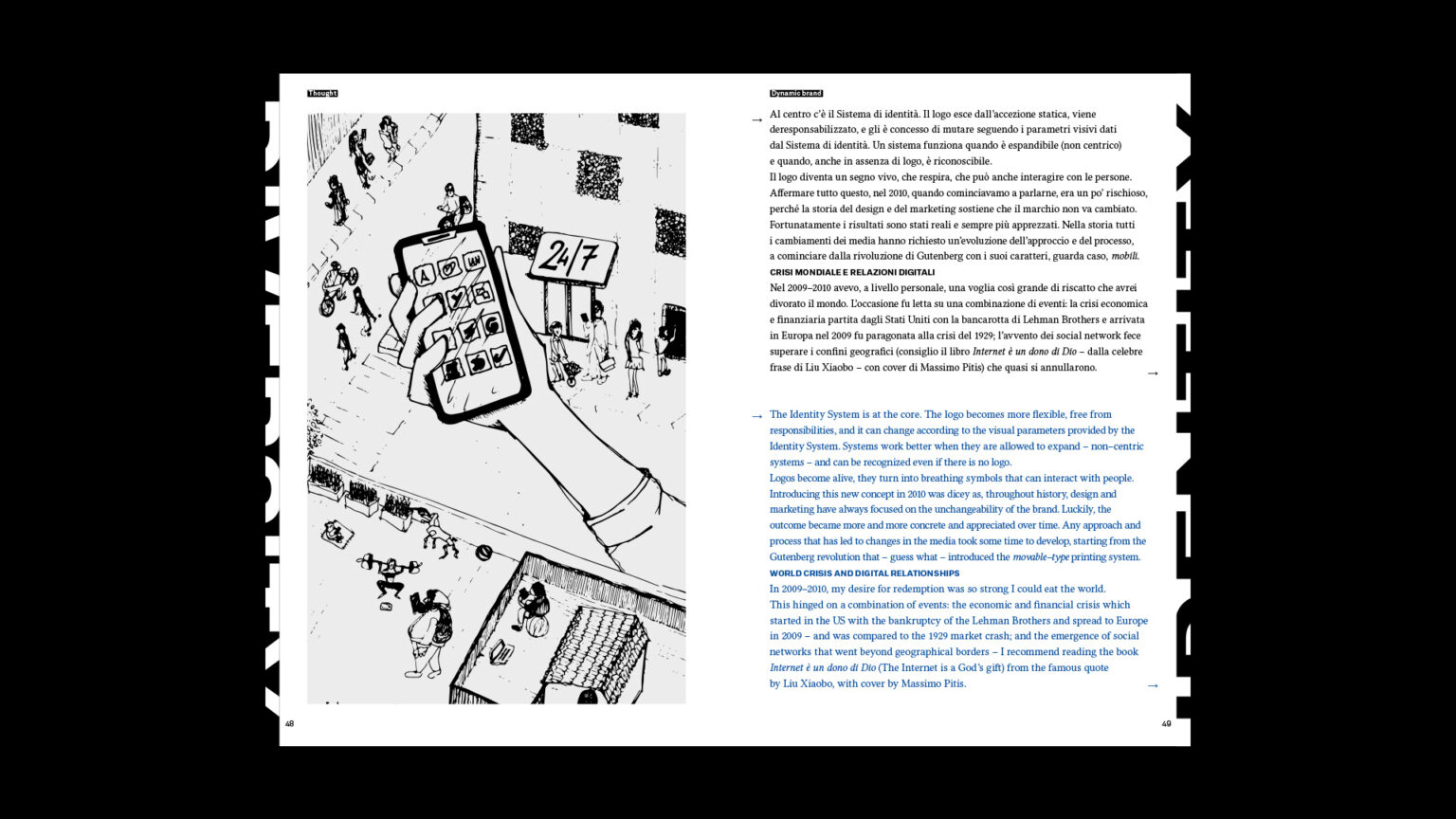
Dynamic brand vs Dynamic logo:
The intrinsic value of the Dynamic brand is often misinterpreted and generally confused with a dynamic logo. But they are not the same. The main difference is that the logo is a graphic symbol, while the Brand is the company’s perception. We can simplify the visual difference between a dynamic logo and a dynamic brand. To give you an example, let’s pick a place to visit: the dynamic logo would be the picture of that place, whereas the Dynamic brand stands for the place in itself, with its colors, lights, sounds, scents, materials, and tastes.
The Dynamic brand turns the form into substance. The identity system becomes central. The logo loses responsibility and can thus change continuously.
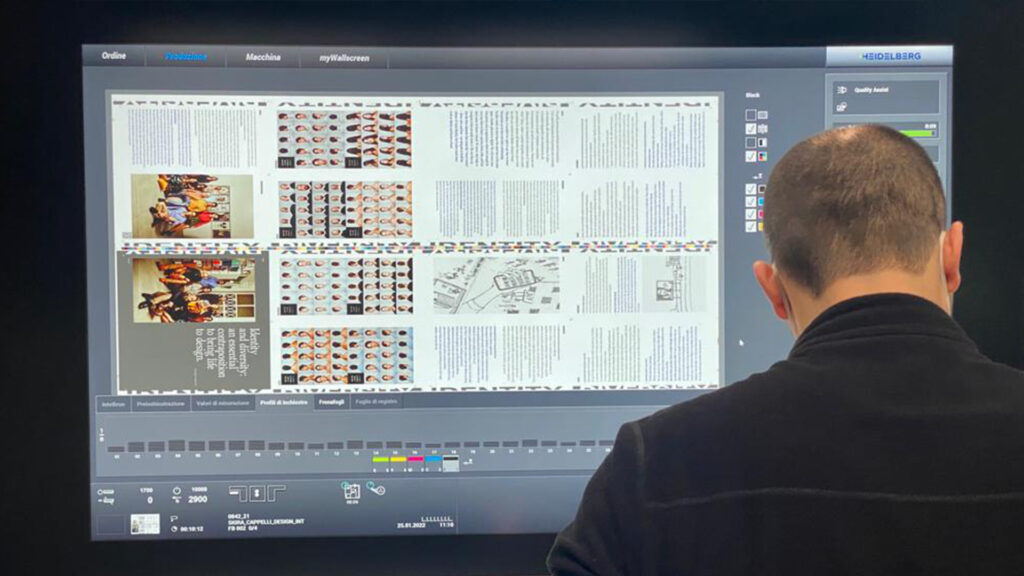
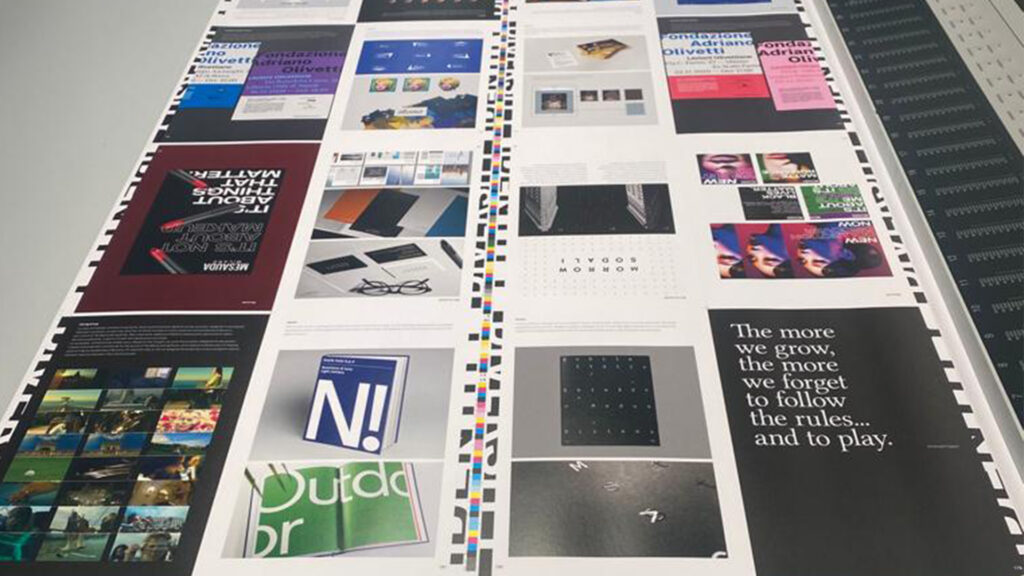
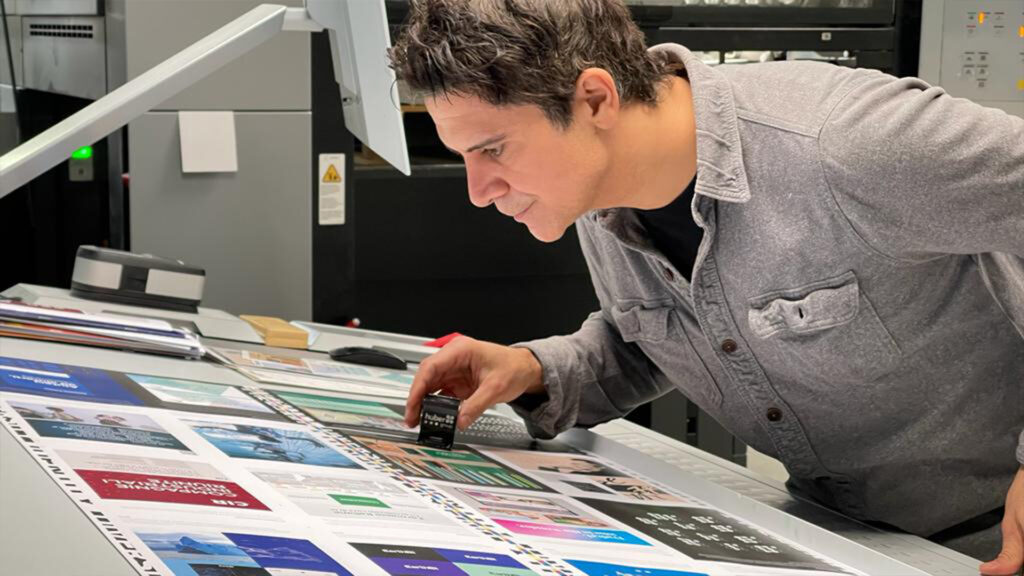
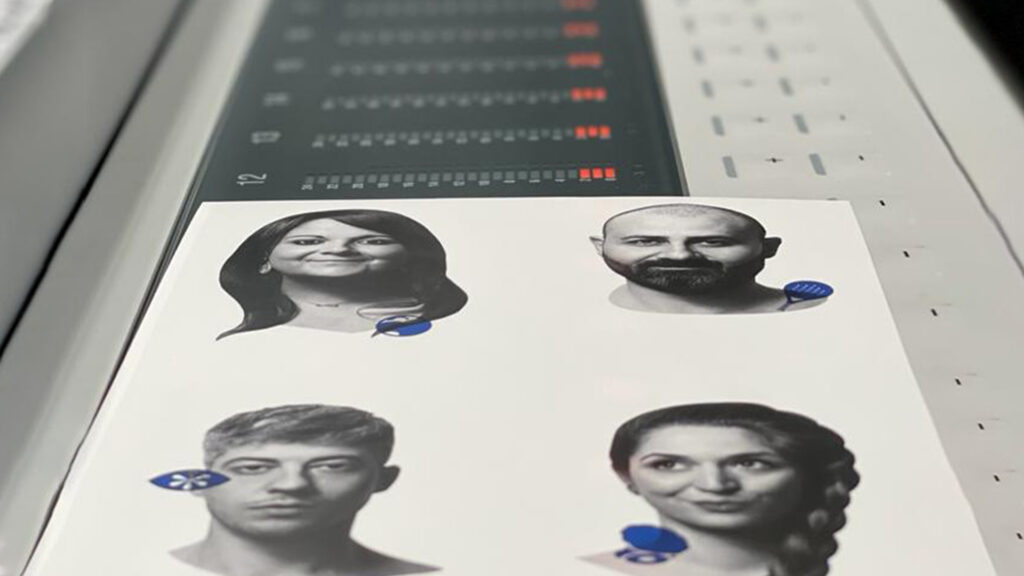
This article contains some excerpts from the book. If you are eager to know more about the Dynamic brand, visit our shop to get your special edition copy!
